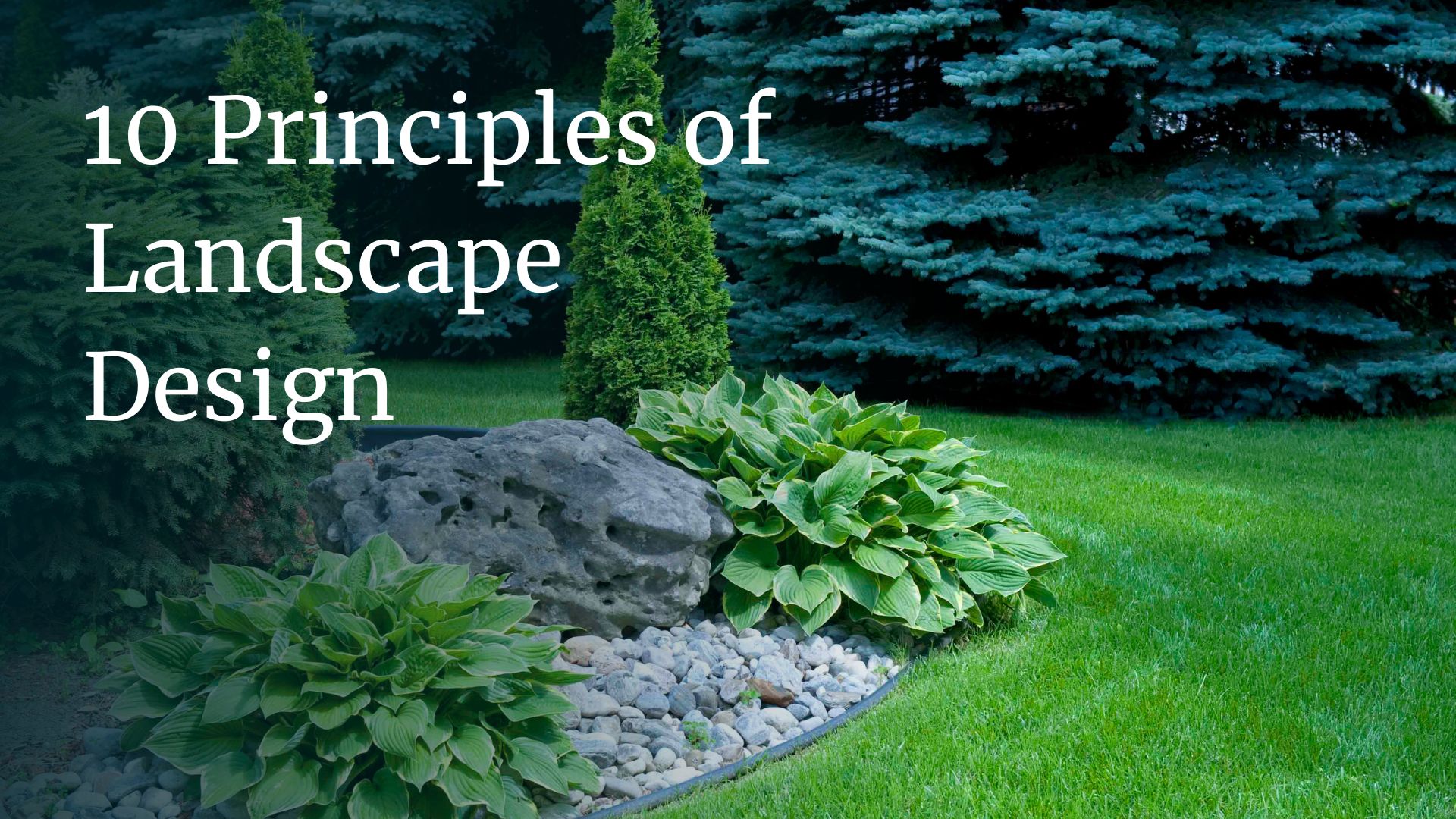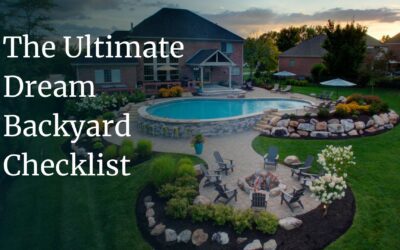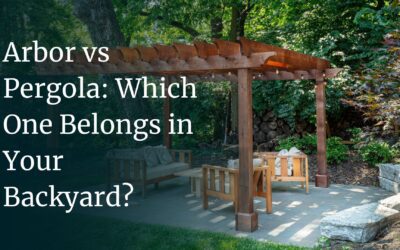In the world of landscape design, 10 key design principles come together to shape breathtaking outdoor living spaces. At The Site Group, we believe that understanding and applying these principles allows us to create practical and pleasing landscapes that stand the test of time.
So, here are the top 10 factors we will consider when designing your new landscape:
1. Unity
Unity is the thread that weaves through your landscape design, organizing the elements into orderly groups that come together in a pleasing and cohesive way.
Just as every great story has a plot, your landscape design should follow one storyline. As our designers talk to you and your family members, we begin to identify the theme or story of your landscaping. A theme could be “quiet sanctuary,” “party central” or “bird-lover’s nirvana.” Keeping the theme in mind throughout the design process leads to unity and harmony.
2. Line
Lines connect and define spaces in your landscaping and can create outdoor rooms where memories are made. As we plan your design, we’ll look to structural hardscape features in particular to develop straight, more formal lines or curving, more relaxed lines.
Flower beds, walls, walkways, patio perimeters, hedges and arbors can all be used to create lines that suggest movement and make the entire landscape more coherent. Look for these lines in the initial plans we draw up.
3. Form
The principle of form brings the third dimension into your landscape design. It can be hard to visualize from a flat sketch, but form applies to the shape and mass of elements included in the plan.
Just like the principle of line, form can create an overall feeling: Rounded forms are pleasing and give undulation to your landscape. Walls or fences can take on sharper forms that define distinct areas. The shape of trees can provide welcoming spaces beneath their canopies. A variety of forms, from “weeping” trees to triangular evergreens to trimmed hedges, can direct the eye around the landscape and create interesting focal points.
A need for privacy in your yard may affect the forms your designer chooses. You can learn more in our blog post on how a professional design can make you feel more comfortable in your surroundings.
4. Texture
Texture is a subtle principle that weaves through a landscape design. It plays out in the big picture and in small details. Up close, texture involves the size and shape of leaves, branches, colors and shading. At a distance, it’s the interplay of light and shadows and the entire mass of plants. A variety of textures gives a landscape design a lively feel.
Texture changes as you move closer or farther away. In a four-season garden, texture takes center stage, creating visual interest when the blooms are gone.
5. Color
Color might be the first thing you think of when you imagine your ideal landscape. Green grass, seasonal flowers and even dark mulch make a big impression. Color has the power to evoke feelings and set the mood.
Have you ever thought about what colors work best for your landscape’s story? Red, for example, brings passion and courage, while green invokes harmony and prosperity. Color schemes play a pivotal role in landscape design: Cool colors recede and create a restful atmosphere, while warm colors come forward and stimulate the senses.
A skilled landscape designer will consider your landscape’s desired mood when selecting colors, and make each color pop, even at night with a strategic exterior lighting plan.
6. Scale
When it comes to landscape design, scale is a critical consideration. Absolute scale relates elements to fixed structures, like your home, while relative scale compares the size and values of objects within your landscape.
Your designer will work hard to create a balance in the scale of your landscaping, and will consider the fact that the size of elements changes as plants and trees grow. The designer will also keep in mind the size of your home, the visual mass of structures (such as gazebos, raised decks and retaining walls) and the amount of outdoor space you hope to fill.
7. Balance
In landscape design, the principle of balance strives to achieve visual stability, dignity and stateliness to your landscape.
Formal balance repeats the same elements on both sides, creating a sense of order and formality. Informal balance, on the other hand, allows for variation from one side to another, adding curiosity and movement to your landscape. The style of your home will help inform the choices your landscape designer makes in terms of balance.
8. Simplicity and Variety
Simplicity and variety are landscape design’s dynamic duo. Simplicity comes from repetition, creating unity, while variety adds diversity and contrast to prevent monotony.
Think of simplicity as the main ingredient of your landscape design, with variety adding the spice. A professional designer will avoid creating a horticultural zoo with an assortment of unrelated plants. Instead, the goal will be to blend simplicity and variety in a harmonious way.
And speaking of simplicity, discover how we helped craft a simple, straightforward design for one of our clients in this case study.
9. Emphasis
An unending sea of green around your home would be boring. In our experience as landscape designers, the principle of emphasis, or of the interplay between dominant and subordinating elements, is important. It’s what makes a landscape pop and draws the viewer’s eye to a focal point.
Dominance can be achieved through different sizes, bold shapes, groupings or the unexpected. Emphasis gives your landscape that “wow” factor, like a towering tree in a grouping of shrubs.
10. Sequence
Sequence brings movement and life to your landscape. It’s the change in form, color, texture and size that guides the viewer through your outdoor masterpiece.
Texture sequence involves changing leaf size by at least one-half, with finer textures placed farther away to create depth. Color sequence plays with warm and cool colors to set the mood, with dominant colors leading the way.
One way our design team plays with sequence is by pairing opposites in plant combinations: Putting fine textures with coarse, or placing short elements near taller ones. It all works together to add lots of visual interest.
Making the Principles of Landscape Design Work for You
Understanding these principles of landscape design is the key to crafting an outdoor masterpiece that tells your unique story. At The Site Group, we’re passionate about helping you create a landscape that reflects your vision and provides years of enjoyment.
Book a phone consultation with us to embark on this creative journey together and transform your outdoor space into a work of art. Whatever you’re looking for, we’re here to turn your dreams into reality.




